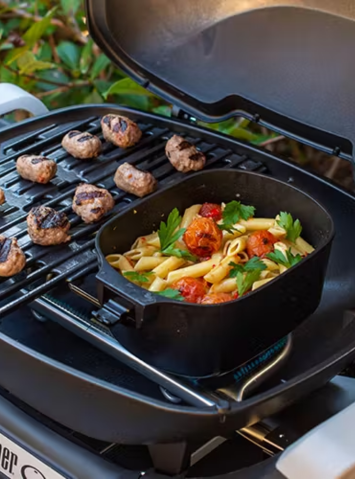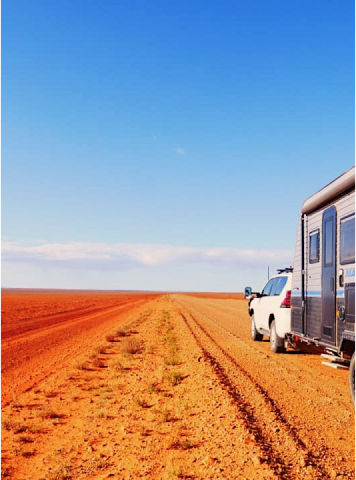All Camping Sleeping Bags Products
Camping Sleeping Bags
Currently, the camping sleeping bags market is so extensive that the new campers aren’t the only ones getting confused with the variety of choices. Even experienced campers can have difficulty selecting a suitable bag for the specific environment.
This guide will review some of the relevant aspects of a sleeping bag, like the temperature rating, shape, and much more! Keep reading to find out.
Temperature Rating
When you check the sleeping bags, you will see the temperature rating usually advertised. It gives the idea of the insulation in the sleeping bag. Higher insulation is preferred for cold temperatures.
+5 to +10 degree sleeping bag
Due to the fewer insulation layers, these sleeping bags avoid trapping the heat inside. These are preferred during summers or warmer temperatures.
Furthermore, summer sleeping bags are overall lighter in weight, making them a good choice for long-distance hikes
0-degree sleeping bag
3 season sleeping bags are best for cold autumns and winter nights without frost. These sleeping bags are suitable for people who are going for winter camping or feel a little cold during their night's sleep.
-5 to -10 degree sleeping bag
These hiking sleeping bags are perfect for campers and hikers who challenge the cold temperature on chilly nights.
Rule of thumb: Always prefer a sleeping bag 10-15°C lower than the expected temperature.
Let’s say if you are going for a hike where the temperature is around 20°C, a bag with a thermal rating of 5°C to 10°C should suffice. In case of a hotter temperature, you can always unzip the bag to have a preferable temperature in your bag.
Shape
Along with the geometry, the shape of the sleeping bag serves a greater purpose. The shape of the bag influence your sleep and the weight of the carrying bag.
Rectangular
With ample space due to the shape, the bag provides enough space to move arms and legs. Furthermore, this bag can be unzipped and also used as a comforter. However, due to the increased space, the weight of this shaped sleeping bag is heavier than the others.
Semi Rectangular
This bag is a little wider on the head than the legs, giving it a sweet balance between room and warmth.
Mummy
As the name suggests, this sleeping bag is like a shape of a mummy box. Due to its lighter weight and snuggly fit, you can roll with the bag instead of in it. The shape with a wider width at the shoulder level makes it a fit for the body.
Double Bag
The double sleeping bag is perfect for a couple who doesn’t want to sleep separately, even during camping!
Bonus tip: Some rectangular sleeping bags come in a design where you can zip two separate sleeping bags together to convert them into a double sleeping bags.
Kids Sleeping Bag
As the name suggests, these bags are made for kids and are smaller in size than adult-sized bags. The above shapes are also available in kid-friendly sizes.
Insulation Type
Most used insulation material can be divided into two broad categories:
Down
This material is lightweight, fluffy, and easily compressible, making it the best choice for adventurers carrying big loads.
Furthermore, down retains its loft, giving it better insulation power. Due to its quality, down insulation is relatively more expensive than synthetic insulation.
Synthetic
Different synthetic materials are used for insulation in sleeping bags, but fluffy polyester is the most common. They are waterproof, making them a clever choice for hikers in a wet environment. It is overall cheaper, bulkier, and heavier than down insulation.
Sleeping Bag Power-ups
Some extra features are power-ups for your sleeping bag. You can use them to be better equipped for the environment.
Waterproof
Not all sleeping bags are waterproof. There is a particular fabric over the waterproof bags that you can usually find on raincoats. This feature is crucial in a sleeping bag if you like to sleep without a tent.
Sleeping Bag Hood
For added warmth, the sleeping bag has a hood that you can wrap around the head for better insulation.
Draft Blocking Feature
The last thing someone would want to disturb their sleep is the air escaping from the zipper area. Luckily, sleeping bag makers know about this, and they use draft blocking pipes along the zipper to prevent the air from escaping and disturbing the warm and cozy environment inside.
Anti Snag Zipper Feature
Isn’t it annoying when the zipper gets stuck? No one would want to get trapped inside the sleeping bag just because the zipper refuses to move. Fortunately, most bags have a guard on the zipper to prevent them from getting stuck or damaging the fabric.
Pillow Pocket
Numerous bags have a pocket at the head end of the bag where you can stash clothes to make a pillow. If it is not present, you can always bring a separate pillow.
















